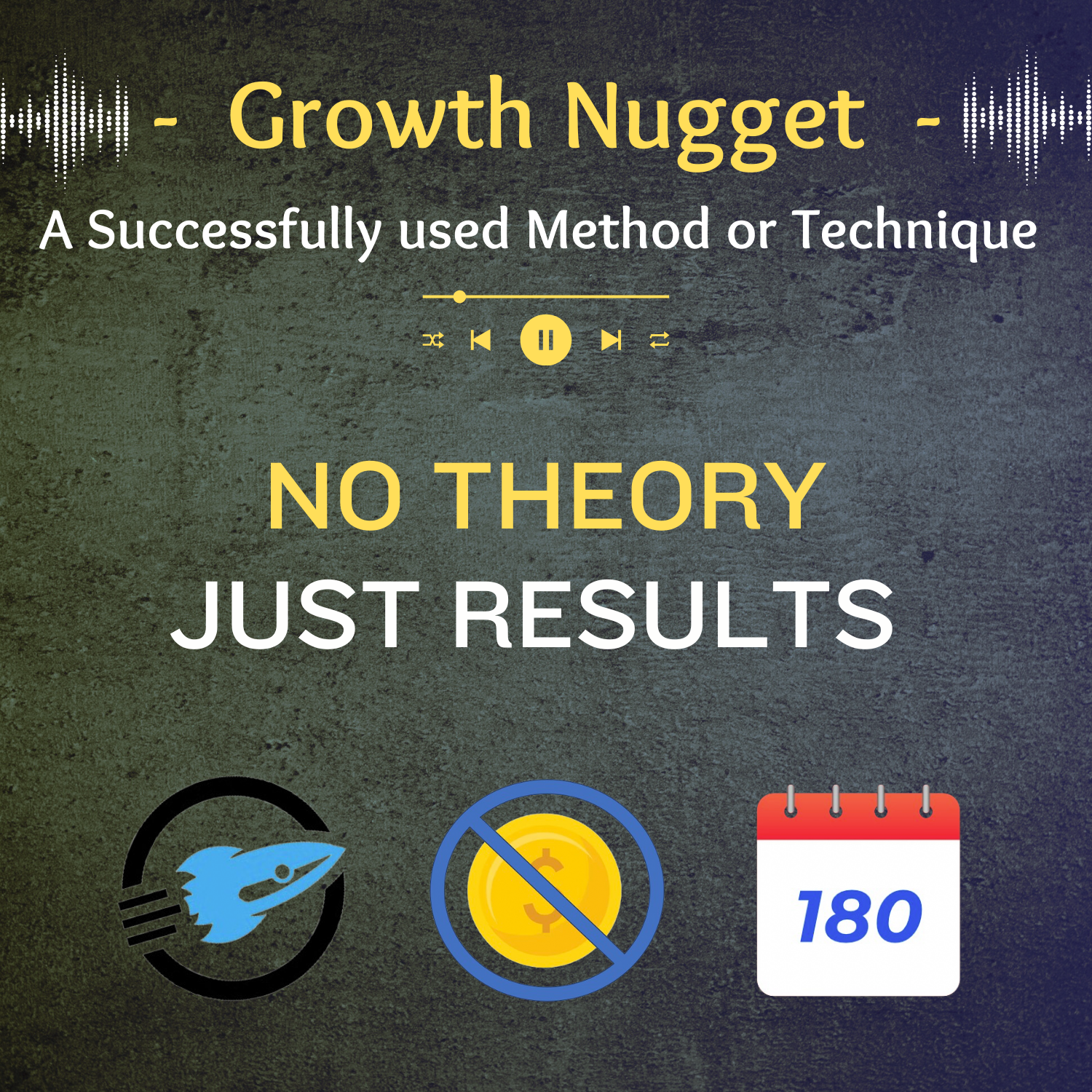Do You Know the 5 Phases – Forecasting 50
$15.00 Original price was: $15.00.$7.50Current price is: $7.50.
For leaders and managers looking for an edge.
This nugget can either be the silent killer of growth, if not understood, or, when embraced, can be the steel girders than ensure that all company and vendor centered growth plans, are enthusiastically carried out.
Further more, this profound nugget explains, in detail, as to why some employees act and react a certain way when asked to perform certain tasks.
If your marketing efforts, in any way, involve others carrying out part or all of the work necessary to grow, than this nugget is simply mandatory. The more employees involved, the more urgent this nugget becomes.
Place this nugget in the “Share with all management and ownership” pile.
(0:00 – 0:58)
My philosophy on management and managing people centers around the five phases that people go through in any occupation. So I want you guys to think back to any position you have ever had. I specifically would like you to think about right now, you’re currently in a position, you either own something, you manage something, you’re an employee of something, you’re starting something.
I want you to think back of the job you had before this one. So not the current job, or you could even think of that, but I really want you to focus on the one before, right? So here’s the thing, that position, the one you had before, I don’t care if you were a teacher, a pastor, a business owner, an entrepreneur, everybody, including yourself, goes through the following five phases while occupying a position. So here’s how they work.
(0:58 – 2:42)
Number one, phase one, is the excitement phase. And the excitement phase is when you start that new position, you start that new job, and everything is just like the word describes, it’s exciting, it’s new, it’s energetic, it’s bottom line, it’s the continual newness and freshness of, quite frankly, the future. It’s of hope, it’s of, you have the ability to provide feedback, people want your opinion, you know you’re about to add value to something, and it’s stinking exciting.
The second phase that people kind of get into or slip into is the education phase. So that first excitement phase, for some people lasts a day or two, on a new job, some people last six months. But eventually, for a brief period of time, sometimes for an extended period of time, people slip into the education phase.
And the education phase is where you go, okay, this is fun, this is cool, but now I’ve got to study, I’ve got to really learn this industry, I’ve got to learn this position, I’ve got to learn my bosses, the vendor relationships, how they operate, the products, it’s a real learning journey. And then phase three comes, and phase three is the reality phase. And the reality phase is that, you know, it’s the realization that, okay, this is 40, 60, 80 hours a week, this is home to work, home to work, home to work, home to work, this is a process, this is a journey, this is going to be, I’m going to be here a while, how’s that? So the reality phase is quite interesting because reality sets it.
(2:43 – 4:03)
And phase four is the doubt phase. And phase four says, something has just happened, it’s almost always triggered by another person. But something, some event has just happened, you’re starting to doubt, you’re doubting yourself, you’re doubting the position, you’re doubting the company, you’re doubting the company you’re with inside the company, you’re just completely doubting.
And then phase five is the clarity phase. And this is when things are crystal clear. I like to say that you know who you are, you know where you’re at, you know who you’re working with, and you certainly know where you’re going, right? So I want to talk a little bit about each of these five phases and just shed some light of what I’ve learned and how this has helped me and how it really helps us today at employees, manage current employees, have very difficult conversations with vendors, alliance partners, employees.
It’s just tremendous. So here’s how this works. Some initial keys to look for is if you’re managing people or even if you’re in these five phases, and you’re in one of these five phases, right, is the understanding that hurting people hurt people.


